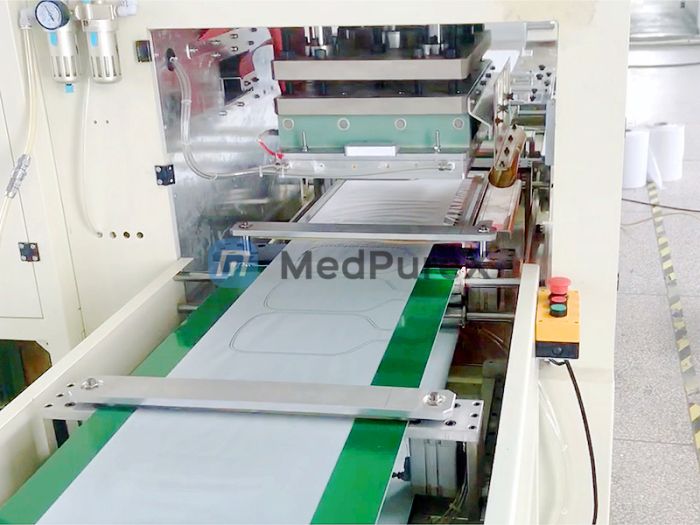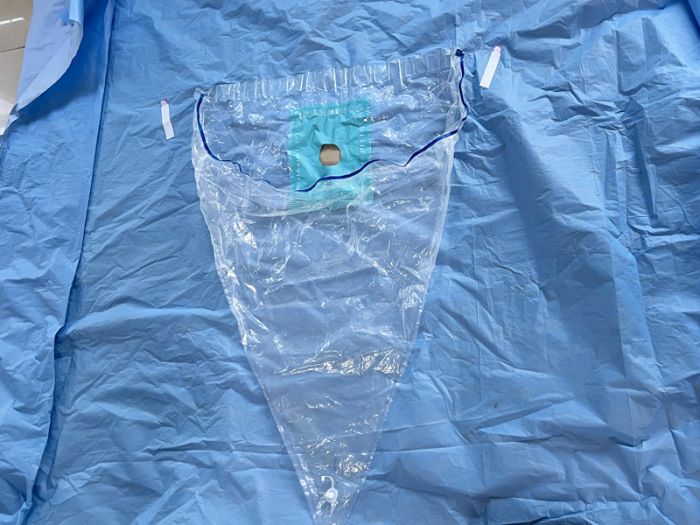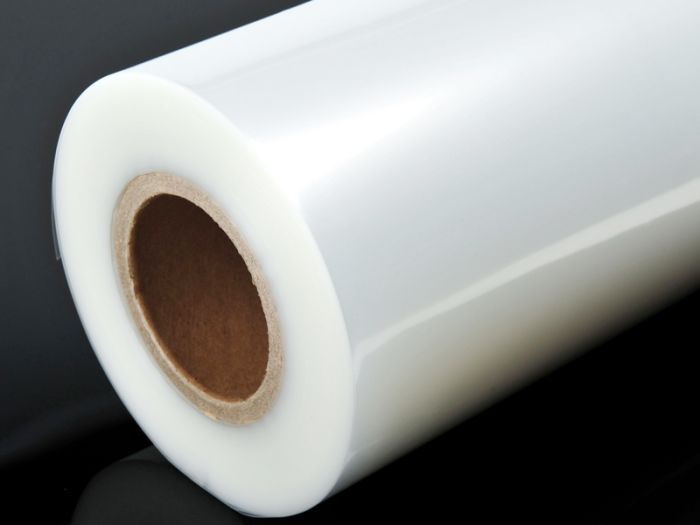Quality control of TPU blood pressure monitor airbag welding
1. Material management
Material selection and acceptance: TPU materials must meet medical grade standards, have high elasticity, low permanent deformation (≤15%) and good aging resistance. The tensile strength (≥17.64 MPa) and elongation (≥700%) of the material must be verified, and its quality certificate and CE certification mark must be checked.
Material storage and handling: TPU materials should be stored in a dry and ventilated environment to avoid moisture or contamination. Before welding, the surface of the material must be cleaned to ensure that there are no impurities, grease and other contaminants to ensure welding quality.
2. Process control
Welding parameter setting: According to the thickness and type of TPU material, the welding temperature, pressure and time are accurately set. For example, the welding temperature can be controlled at 180-200℃, the pressure at 0.2-0.3MPa, and the time at 1-2 seconds to avoid material degradation due to excessive temperature or cold welding due to insufficient pressure.
Welding method selection: Commonly used welding methods include thermoplastic welding, ultrasonic welding, etc. It is necessary to select a suitable welding method according to the specific application and requirements, and operate in strict accordance with relevant technical specifications and operating guidelines.
3. Equipment management
Equipment calibration and maintenance: Welding equipment needs to be calibrated regularly to ensure the accuracy of parameters such as temperature and pressure. For example, thermocouples need to be inspected every 6 months, and equipment needs to be cleaned daily to avoid residual materials from carbonizing and contaminating the weld.
Equipment failure handling: Establish an emergency plan for equipment failure to ensure that you can respond quickly when the equipment fails to avoid welding interruptions that lead to airbag oxidation or quality problems.
4. Welding process monitoring
Real-time monitoring and adjustment: Use sensors to monitor welding temperature, pressure, time and other parameters in real time to ensure that they are within the set range. If any abnormal parameters are found, the equipment must be adjusted immediately or welding must be stopped to avoid quality problems.
Operator training: Welding operators must have relevant skills and experience and undergo rigorous training. It is necessary to strengthen quality awareness education, improve responsibility and meticulous work style, and ensure welding quality.
5. Post-welding inspection
Appearance inspection: Use a 5x magnifying glass to inspect the weld surface to ensure that there are no defects such as cracks, pores, slag inclusions, and incomplete penetration. At the same time, check whether the dimensions of the weld, such as width, excess height, and weld toe, meet the standards.
Sealing test: Use the inflation and pressurization method (such as filling with 0.2MPa compressed air) or the submersion method to detect the sealing of the weld. If there is a leak, it needs to be re-welded or repaired to ensure that the airbag will not leak during use.
Strength test: Verify the strength of the weld through methods such as tensile testing to ensure that it can withstand the pressure during normal use without breaking.
6. Continuous improvement and records
Quality records and traceability: Establish a complete welding quality record, including material batch number, equipment parameters, operators, test results and other information. So that when problems arise, the cause can be quickly traced and improvement measures can be taken.
Continuous improvement mechanism: Regularly analyze quality problems in the welding process, and continuously improve welding quality by optimizing process parameters, improving equipment performance or strengthening personnel training.



